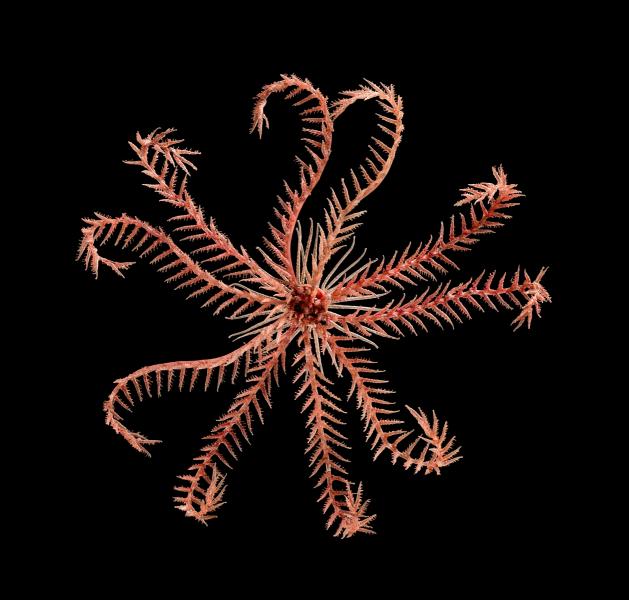
Coastwise concluded its Autumn programme with the Annual General Meeting, and a follow-up to Sue Austin's fascinating talk about the "rediscovery" of the Blaschka lampworked-glass marine models; models so lifelike and accurate that they were intended for academic and educational purposes.
The 2-generation Blaschka glass lampworking dynasty left a wonderful legacy for us 160yrs ago. Patriarch Leopold Blaschka, while becalmed off the Azores during a voyage from the US to the UK, was so entranced by the marine life he saw around him that he resolved to recreate these in glass, a skill in which he was already expert. The skills were enhanced as they were handed down, and for the modern observer it is difficult to see how they were actually created.
Inevitably, as the years passed they suffered damage, and by the 1960s were more or less forgotten. However, a gradual resurgence in interest has led to the conservation of many example at the Corning Institute in the US.
So accurate were the models that a project was launched to revisit the subjects of the models to see if, 160 years after their creation, any changes are discernable. Members saw an engrossing film produced by the Corning marine biologists noting the effects of temperature and chemical changes to the sea. The most obvious changes were the frequency and numbers of the Blaschka subjects, where they were clearly able to find many examples and observe them in great detail. The film shows that this is not longer the case, and notes that irreversible change to habitats is apparently underway.
Overall, a very thought-provoking conclusion to 2016.
However, on a brighter note, the new initiative of CoastwiseR, a project to enhance members' knowledge and understanding of marine science is underway, with, as its focus and coordinator, Cat Oliver, the North Devon AONB officer for the Coastal Creatures project.

